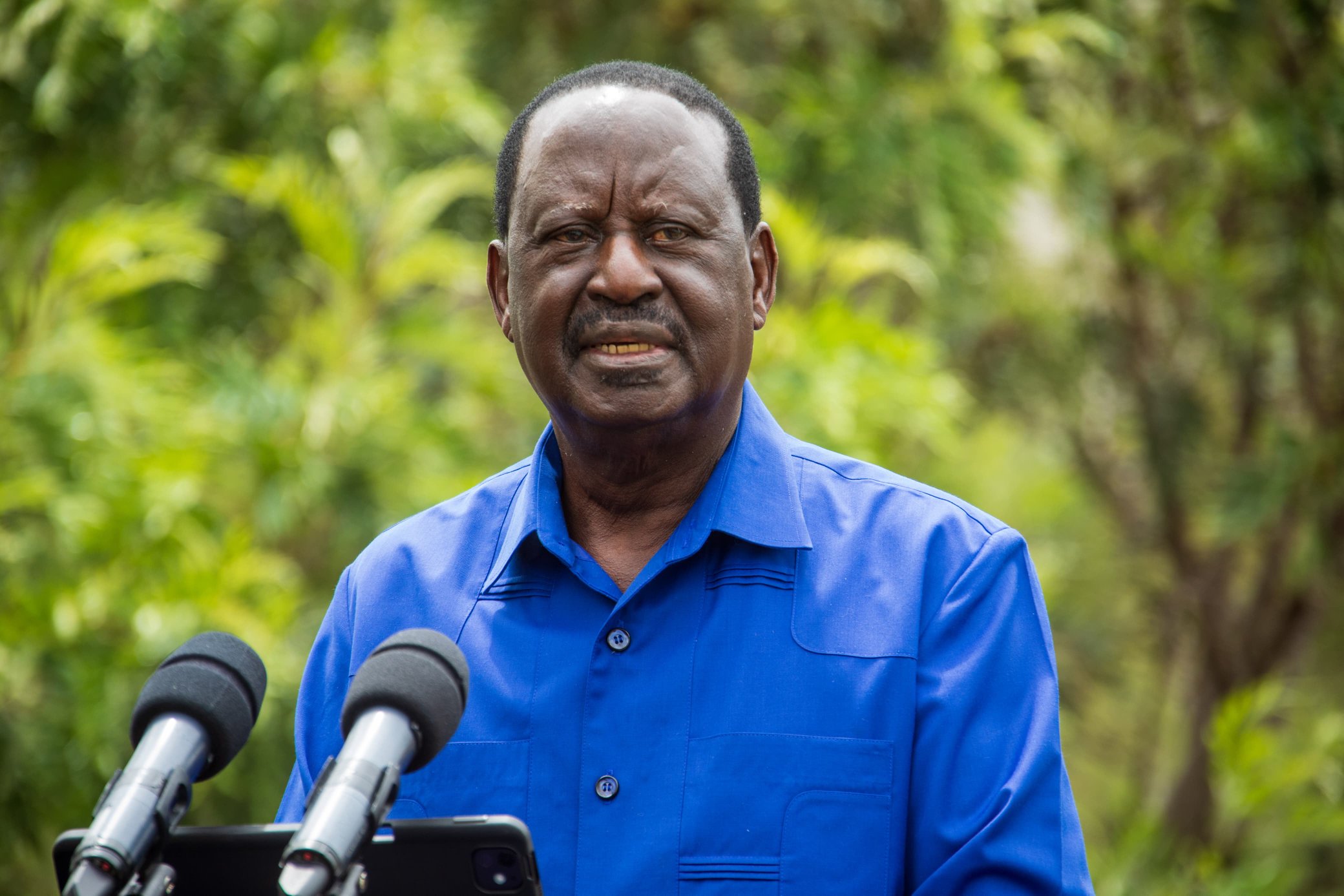State forgoes Ksh511B amid revenue shortfall

Kenya’s tax expenditure reached a staggering Sh510.6 billion in 2023, marking a significant increase from Sh393.13 billion in 2022, according to the 2024 Tax Expenditure Report by the National Treasury and Economic Planning Ministry.
This sharp rise pushed the tax expenditure-to-gross domestic product (GDP) ratio to 3.38 per cent up from 2.91 per cent the previous year. While tax incentives play a vital role in stimulating economic activity, the growing figures raise concerns about fiscal sustainability and funding for essential public services.
Tax expenditures represent revenue foregone by the government through exemptions, deductions, or incentives designed to boost economic activity or achieve policy goals.
However, when not carefully managed, these measures can strain the government’s ability to fund critical sectors like healthcare, education, and infrastructure. With a rising fiscal deficit and the possibility of increased borrowing, the government faces tough choices in balancing revenue needs against economic incentives. One major contributor to the increased tax expenditure is Value Added Tax (VAT), which accounted for 65.2 per cent of the total.
Domestic VAT expenditure rose sharply from Sh248.3 billion in 2022 to Sh306.2 billion in 2023, driven primarily by higher consumption levels. For example, VAT exemptions on basic goods like food items have made them more affordable for households, but this comes at a significant revenue cost.
On the other hand, VAT expenditure on imports dropped dramatically, from Sh53.2 billion to Sh26.7 billion, due to reduced reliance on imported goods and policy shifts favouring local production.
Corporate Income Tax (CIT) expenditure also showed a steep increase, rising by Sh41 billion to Sh87.3 billion in 2023. This growth is tied to rising investments in key sectors like Information and Communication Technology (ICT), electricity, gas supplies, transportation, and manufacturing. For instance, businesses in the ICT sector benefited from tax breaks aimed at encouraging digital innovation, helping Kenya position itself as a tech hub in the region.
Similarly, manufacturers of essential goods, such as fertilisers and animal feed, leveraged tax incentives to expand production, addressing food security concerns. Import Duty expenditure saw the most dramatic rise, jumping from Sh13.6 billion in 2022 to Sh63.3 billion in 2023. Duty-free importation of essential goods such as sugar, rice, maize, beans, vegetable oil, and raw materials for animal feed production contributed significantly to this figure.
For instance, the government’s decision to waive import duties on sugar during a period of low domestic production helped stabilise prices but led to substantial revenue losses. Excise Duty tax expenditure rose as well, from Sh9.9 billion to Sh12.3 billion, reflecting increased exemptions on specific goods.
For example, reductions in excise duty on certain beverages and fuel helped lower costs for consumers but added to the overall tax expenditure burden.
While these tax incentives have driven investments and economic growth in some areas, they also highlight the need for better targeting and evaluation.
For instance, while VAT exemptions make basic goods more accessible, they disproportionately benefit higher-income groups that consume more, leaving the most vulnerable with comparatively less relief. Similarly, CIT breaks in high-growth sectors are critical but need to be balanced against the broader fiscal impact.














